Fitness Through Play: How to Reimagine Physical Education for Lifelong Wellness
SHAPE America
MAY 22, 2025
Traditional approaches in physical education can lack joy, choice and relevance to students lives. The negative association with fitness can affect students perception of physical activity and the value of physical education. Applies the principles of exercise in a variety of self-selected lifetime physical activities.

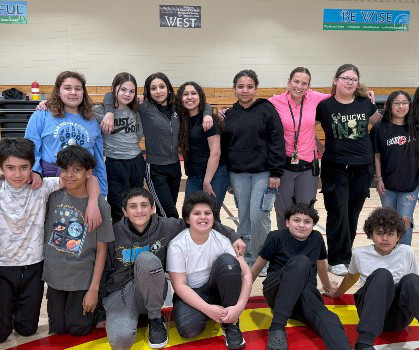
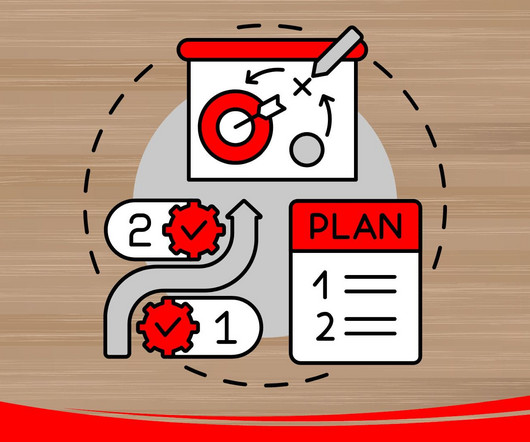

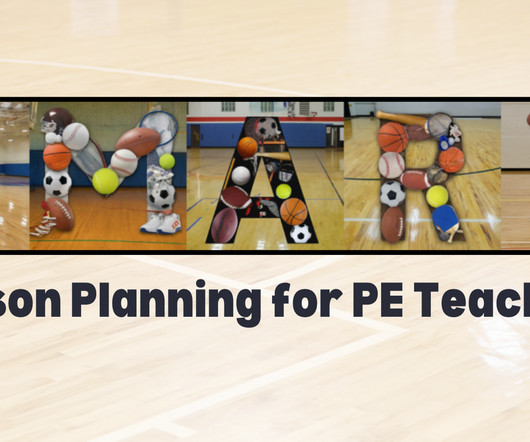

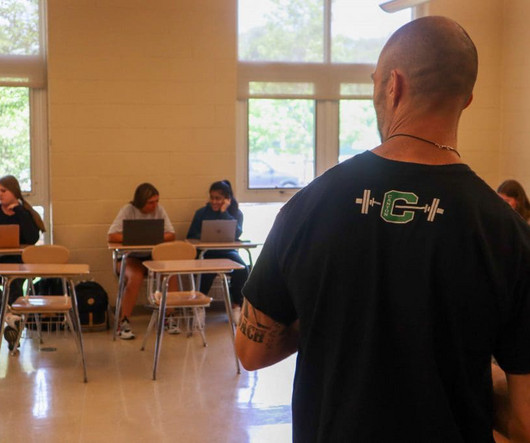
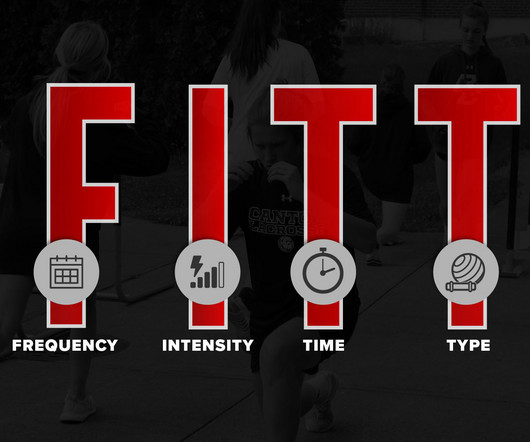








Let's personalize your content